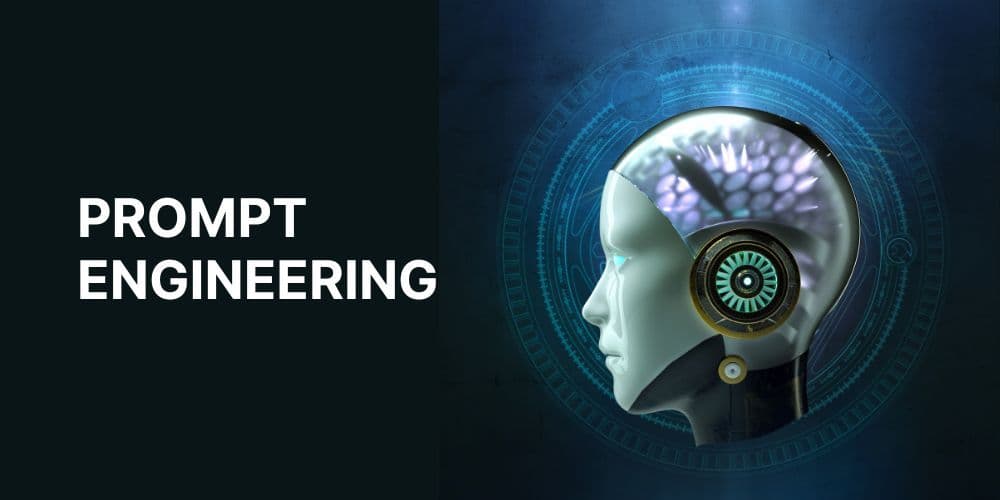Prompt Engineering: The Art of Talking to Machines
Back in 2017, I remember watching top Dota 2 pros go head-to-head with OpenAI’s bot on the big stage.
These were some of the sharpest players in the world, people who made a living outsmarting humans and machines alike, specifically the world champion team OG and a team of retired Chinese professional players, and yet they were getting outplayed by an algorithm that “learned” the game from scratch.
It was a turning point. If a bot could master a complex, real-time strategy game, what else was coming?
Fast-forward a few years, and I find myself not fighting AI, but collaborating with it.
Tools like GPT aren’t trying to beat us; they’re trying to help us create.
And just like those Dota pros had to adapt their strategies to a non-human opponent, we’ve had to adapt how we communicate with these new models.
That’s where prompt engineering comes in.
When I first started using large language models, I’d toss in vague prompts and hope for magic.
Sometimes it worked, often it didn’t.
Over time, I learned that the quality of the output depends less on the model itself and more on the instructions, context, and tone you feed it.
In other words, you don’t just “use” these models; you coach them like calling plays for a teammate who happens to be a machine.
A Few Hard-Earned Lessons
-
Be specific.
“Write a blog post” is too broad.
“Write a 500-word blog post about how to cook Neapolitan pizza at home, with a playful tone” is much clearer. -
Set the role.
Telling the model “Act as a financial analyst” or “Act as a travel guide” immediately shifts its output style. -
Break tasks into steps.
Outline first, expand later, polish at the end just like a good training routine. -
Provide examples.
Show the format you like; the model will often mirror it.
It’s funny: the same lesson that applied to beating OpenAI at Dota 2 applies here.
When you’re dealing with a non-human intelligence, brute force isn’t enough.
You need clarity, structure, and strategy.
Prompt engineering isn’t about tricking AI; it’s about communicating so clearly that even a machine can execute your intent.
I think in a few years, this won’t be a niche skill.
It’ll be like Googling well, a baseline digital literacy.
And if you’re experimenting with AI today, you’re already practicing it, whether you know it or not.
